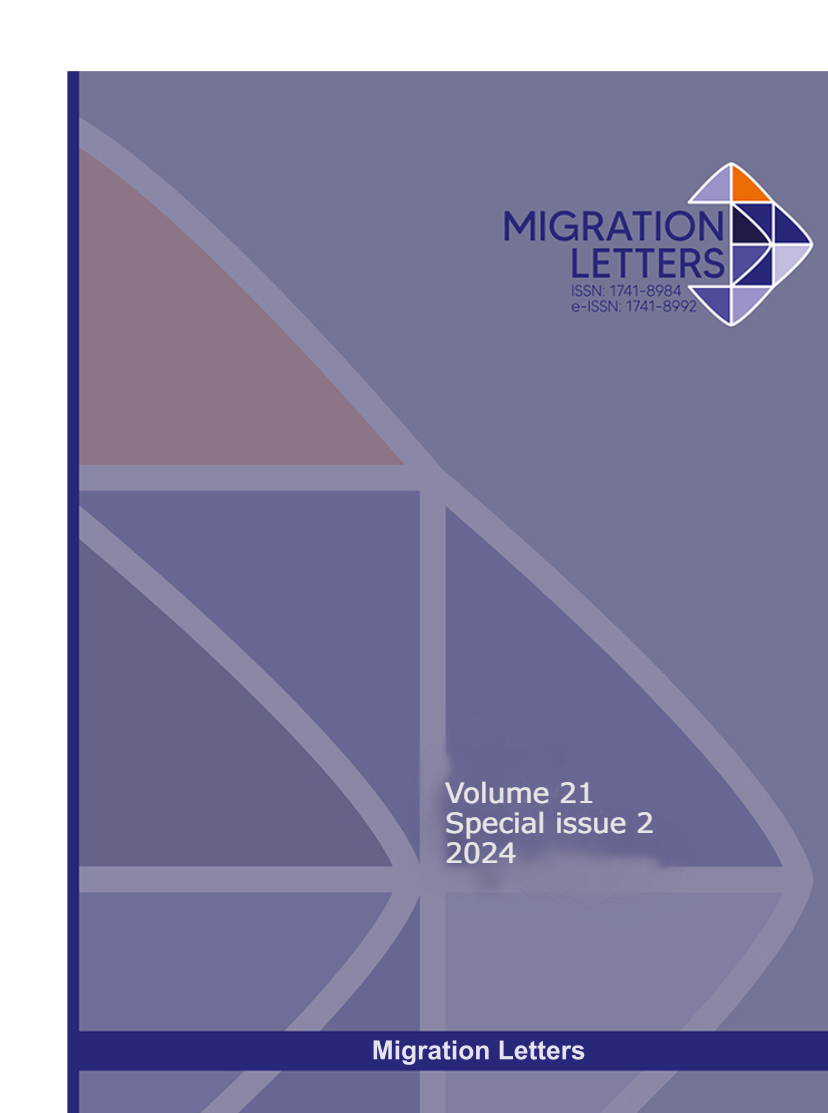Unlocking Linguistic Diversity: Translanguaging in Jordanian Classrooms and Its Impact on Student Engagement and Academic Achievement
Abstract
This research examines the prevalence of translanguaging in Jordann classrooms and the potential impact it has on teaching strategies and student-teacher interactions. The studies examine the specific topic of ESL (English as a Second Language) instruction. Using a quantitative approach, we want to learn more about how often students engage in translanguaging practices in various educational settings. This approach takes the form of surveys, classroom observations, and assessments of students' linguistic competence. The study's results corroborate the widespread use of translanguaging in Jordanian educational settings. Students in these contexts benefit from the opportunity to utilize their linguistic diversity to enhance both their interpersonal communication and the quality of their educational experiences. The fact that many different strategies for translanguaging exist is compelling evidence that teachers and politicians should prioritize translanguaging in the classroom. The implications for the classroom highlight the need to adopt translanguaging as a method to increase student engagement and comprehension and so enhance the quality of the classroom experience. Similarly, the ramifications for communication show how important it is to cater to a variety of linguistic preferences for the sake of fostering acceptance and understanding. This study helps spread an understanding of translanguaging in a multilingual classroom and provides valuable insights for the pedagogical implementation of this idea in Jordan.
Metrics
Downloads
Published
How to Cite
Issue
Section
License

This work is licensed under a Creative Commons Attribution-NonCommercial-NoDerivatives 4.0 International License.
CC Attribution-NonCommercial-NoDerivatives 4.0






